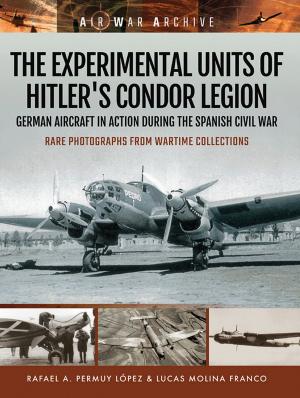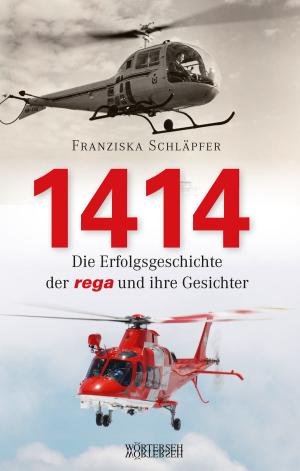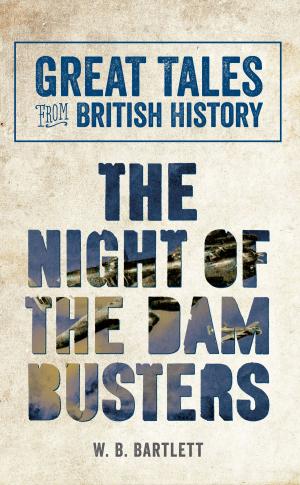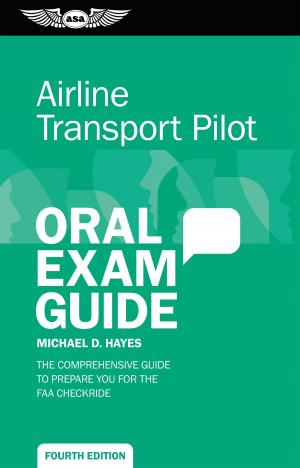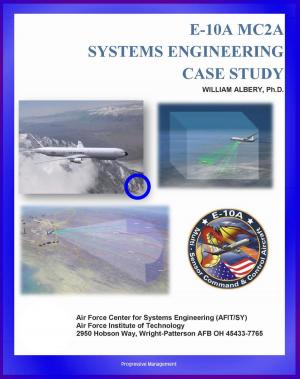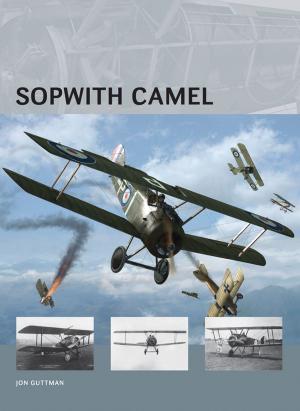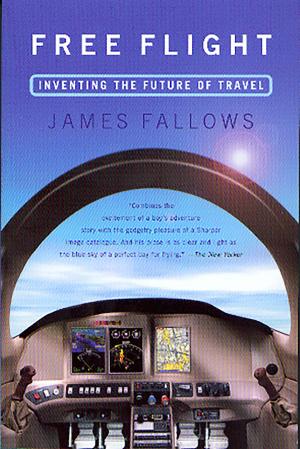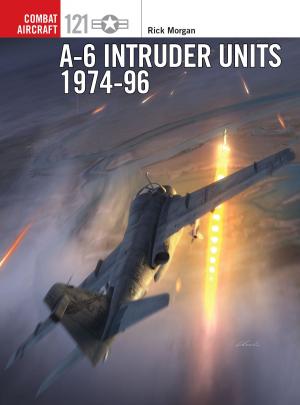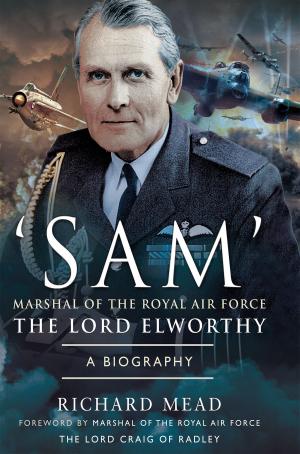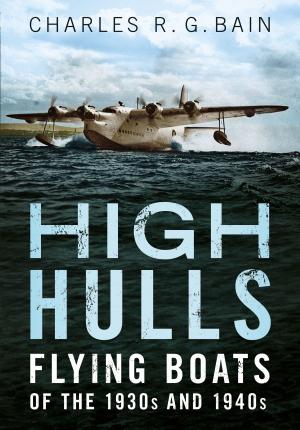| Author: | Peter Varey | ISBN: | 9780953844043 |
| Publisher: | Peter Varey Associates | Publication: | May 24, 2017 |
| Imprint: | Peter Varey Associates | Language: | English |
| Author: | Peter Varey |
| ISBN: | 9780953844043 |
| Publisher: | Peter Varey Associates |
| Publication: | May 24, 2017 |
| Imprint: | Peter Varey Associates |
| Language: | English |
A Pole, a Russian and an Frenchman were the key contributors to 100-octane gasoline. This is the fuel which powered the new high-compression engines of US fighter aircraft from 1937 and later the Merlin engines which helped the RAF's Spitfires and Hurricanes survive the Battle of Britain in 1940. All three men worked in the United States in the 1930s and their ideas came together to produce 100-octane gasoline.
Herman Pines, newly arrived from Poland via Lyon, France, found work hard to come by until he joined Universal Oil Products in Chicago in 1930 as a temporary laboratory assistant, He made a key observation soon afterwards. Experienced Russian chemist Vladimir Ipatieff joined him, and the two worked on previously unknown transformations of petroleum to create very high octane (and very expensive) "alkylates". They faced personal as well as technical challenges. Ipatieff was chased by Stalin's agents to return to the Soviet Union; Pines could only watch, helpless, as his family in Poland became trapped in ghettos and were exterminated by the Nazis.
Houdry's challenges were technical and financial. In France he had discovered a new process which produced, using a catatyst, a gasoline of 80-octane in a single step from petroleum. This was ideal for topping up to 100-octane with Ipatieff and Pines's alkylates. Looking for a backer to provide his development costs, Houdry found one in the United States. With preparations for war, the money for both Houdry's gasoline and Ipatieff and Pines' alkylates became more available and economies of scale saw prices drop. By 1940 the British government had persuaded the Americans to supply the RAF with 100-octane fuel and as a result Hurricanes and Spitfires were able to hold off a technically-superior foe. Today the work of these three men still forms the basis of high-octane gasoline at high-street pumps.
A Pole, a Russian and an Frenchman were the key contributors to 100-octane gasoline. This is the fuel which powered the new high-compression engines of US fighter aircraft from 1937 and later the Merlin engines which helped the RAF's Spitfires and Hurricanes survive the Battle of Britain in 1940. All three men worked in the United States in the 1930s and their ideas came together to produce 100-octane gasoline.
Herman Pines, newly arrived from Poland via Lyon, France, found work hard to come by until he joined Universal Oil Products in Chicago in 1930 as a temporary laboratory assistant, He made a key observation soon afterwards. Experienced Russian chemist Vladimir Ipatieff joined him, and the two worked on previously unknown transformations of petroleum to create very high octane (and very expensive) "alkylates". They faced personal as well as technical challenges. Ipatieff was chased by Stalin's agents to return to the Soviet Union; Pines could only watch, helpless, as his family in Poland became trapped in ghettos and were exterminated by the Nazis.
Houdry's challenges were technical and financial. In France he had discovered a new process which produced, using a catatyst, a gasoline of 80-octane in a single step from petroleum. This was ideal for topping up to 100-octane with Ipatieff and Pines's alkylates. Looking for a backer to provide his development costs, Houdry found one in the United States. With preparations for war, the money for both Houdry's gasoline and Ipatieff and Pines' alkylates became more available and economies of scale saw prices drop. By 1940 the British government had persuaded the Americans to supply the RAF with 100-octane fuel and as a result Hurricanes and Spitfires were able to hold off a technically-superior foe. Today the work of these three men still forms the basis of high-octane gasoline at high-street pumps.

